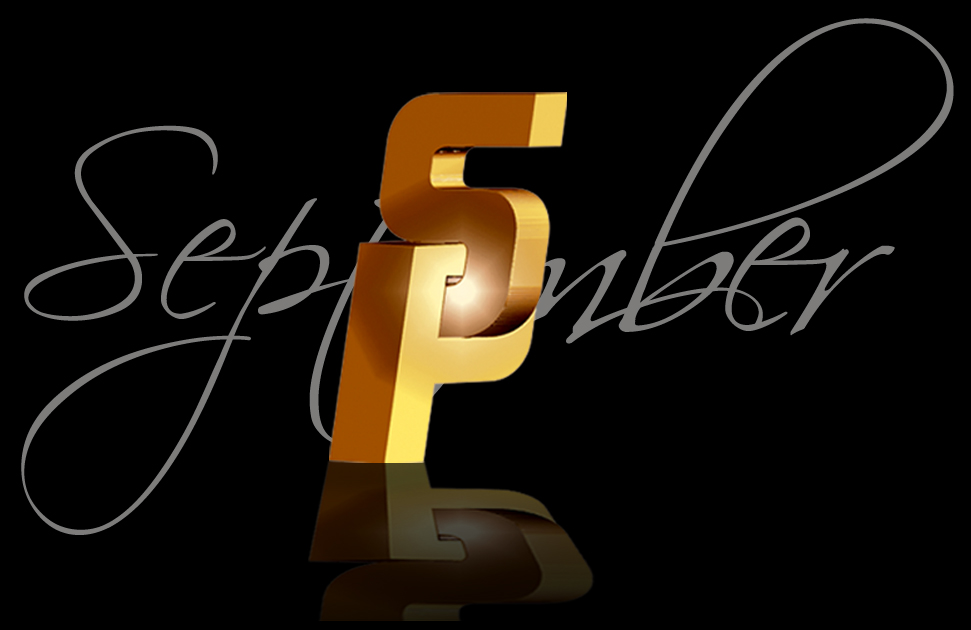“This will be our reply to violence: to make music more devotedly, more passionately, more beautifully than ever before.” Johnny Cash
I started writing an article today about song writers, but got interrupted when I heard the news about the shooting in Texas today.
Twenty-six people were killed in a shooting attack on a rural church in Sutherland Springs, Texas, said Texas Governor Greg Abbott, who called it “the largest mass shooting in state history.”
The attack comes in the wake of another church shooting outside of Nashville, Tennessee, in September, where a 25-year-old man allegedly opened fire on Burnette Chapel Church of Christ at the end of its Sunday service, killing one woman and injuring seven others. Taken together with the deadly attacks in Las Vegas and New York City, the shooting at First Baptist Church in Texas is part of a disorienting wave of mass violence this fall.
Details of the Texas shooting are still emerging, but initial reports suggest the attack resulted in a large number of deaths. Albert Gamez Jr., a Wilson County commissioner, told MSNBC that “there was one shooter who came in and started shooting inside that little church.” While the count of injuries and deaths has not been confirmed, he said, “there are a lot of fatalities.” KSAT 12, a local news station, reported that both the FBI and the Texas Rangers are on the scene, and that police have confirmed the shooter’s death.
Frank Pomeroy, the church’s pastor, told ABC News that his 14-year-old daughter is among the dead. A video of last week’s church service shows a small congregation gathered for song and prayer. “Keep your eyes up, keep your head up, and focus on Christ this week,” the pastor says.
Shootings at houses of worship can be particularly disorienting for both parishioners and community members—attacking during prayer is a way of hitting people at a moment of vulnerability, and exploiting the openness on which many communities pride themselves. “Churches, you don’t lock the doors,” Joey Spann, minister of Burnette Chapel Church of Christ, told The Tennessean after the shooting attack on his church.
The list of attacks goes on and on. In 2015, when Dylann Roof opened fire in the Mother Emanuel A.M.E Church in Charleston, South Carolina, the victims felt their welcome of a stranger had been rewarded with violence.
In 2012, a gunman murdered six people worshipping at a Sikh Temple in Oak Creek, Wisconsin. “That day shattered my world,” Prabhjot Singh Rathor, the young son of one of the victims, recently told The Washington Post. In 2008, a man shot eight people, killing two, during a play at the Tennessee Valley Unitarian Universalist Church in Knoxville, Tennessee. And in December 2007, the gunman Matthew Murray shot up two separate Colorado churches. The dead included two teenage girls.
Officials have not publicly released the identity of the shooter or offered a motive in the Texas attack. He drove away from the scene, Abbott said, and was later found 11 miles away at an intersection, in his vehicle. But the fall has seen mass killings at music concerts and on American city sidewalks—and now multiple churches have joined that list.

